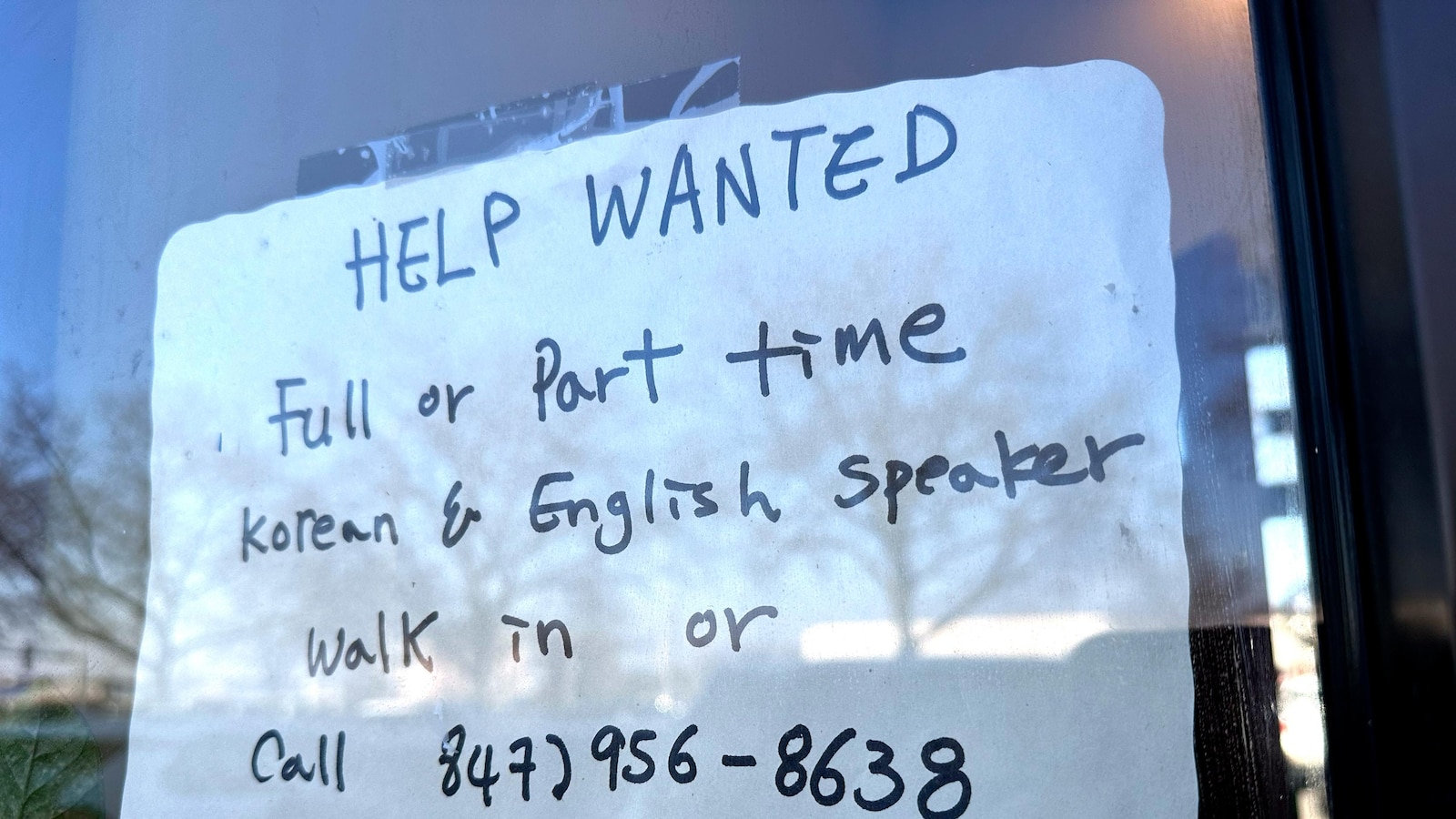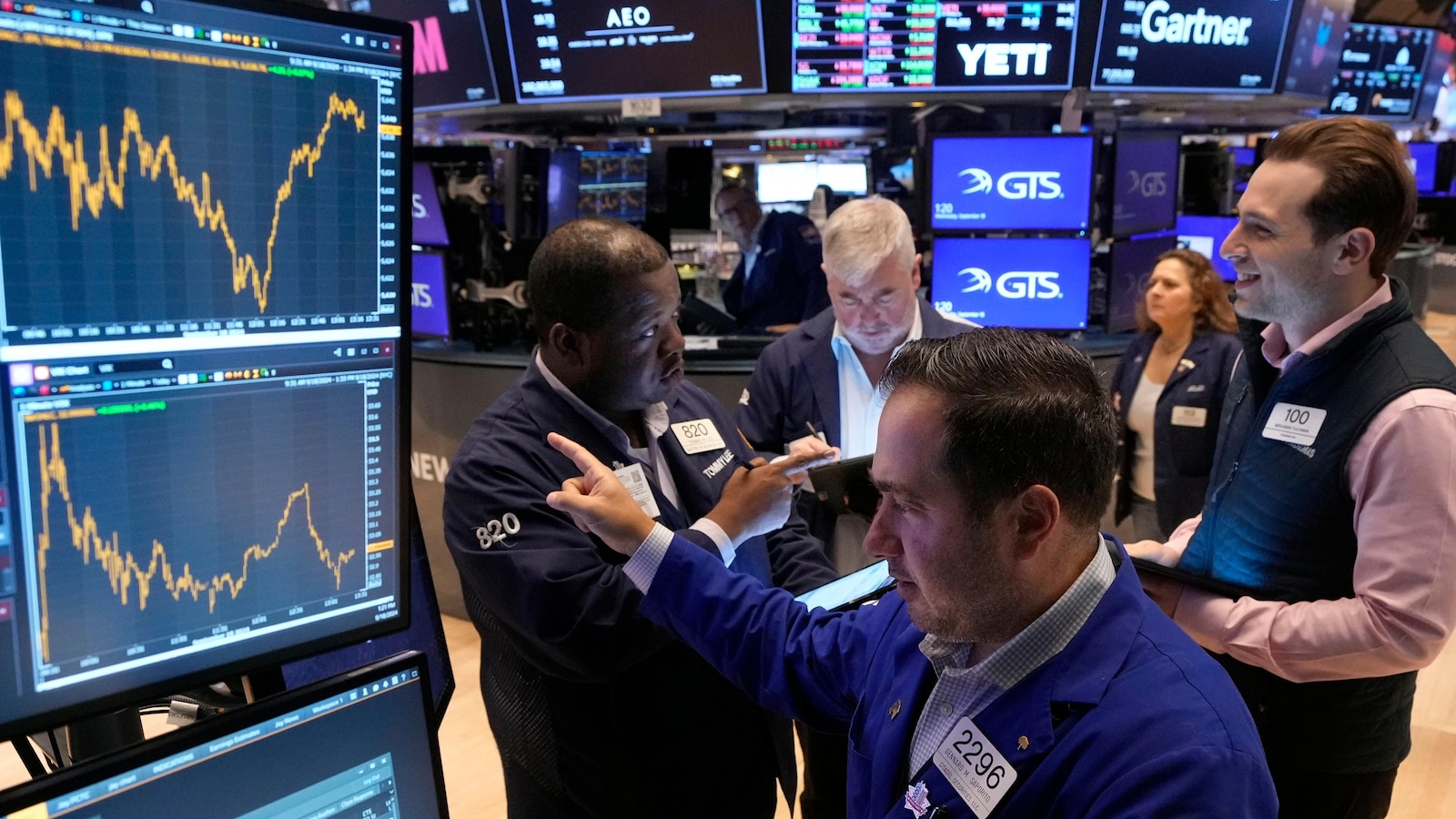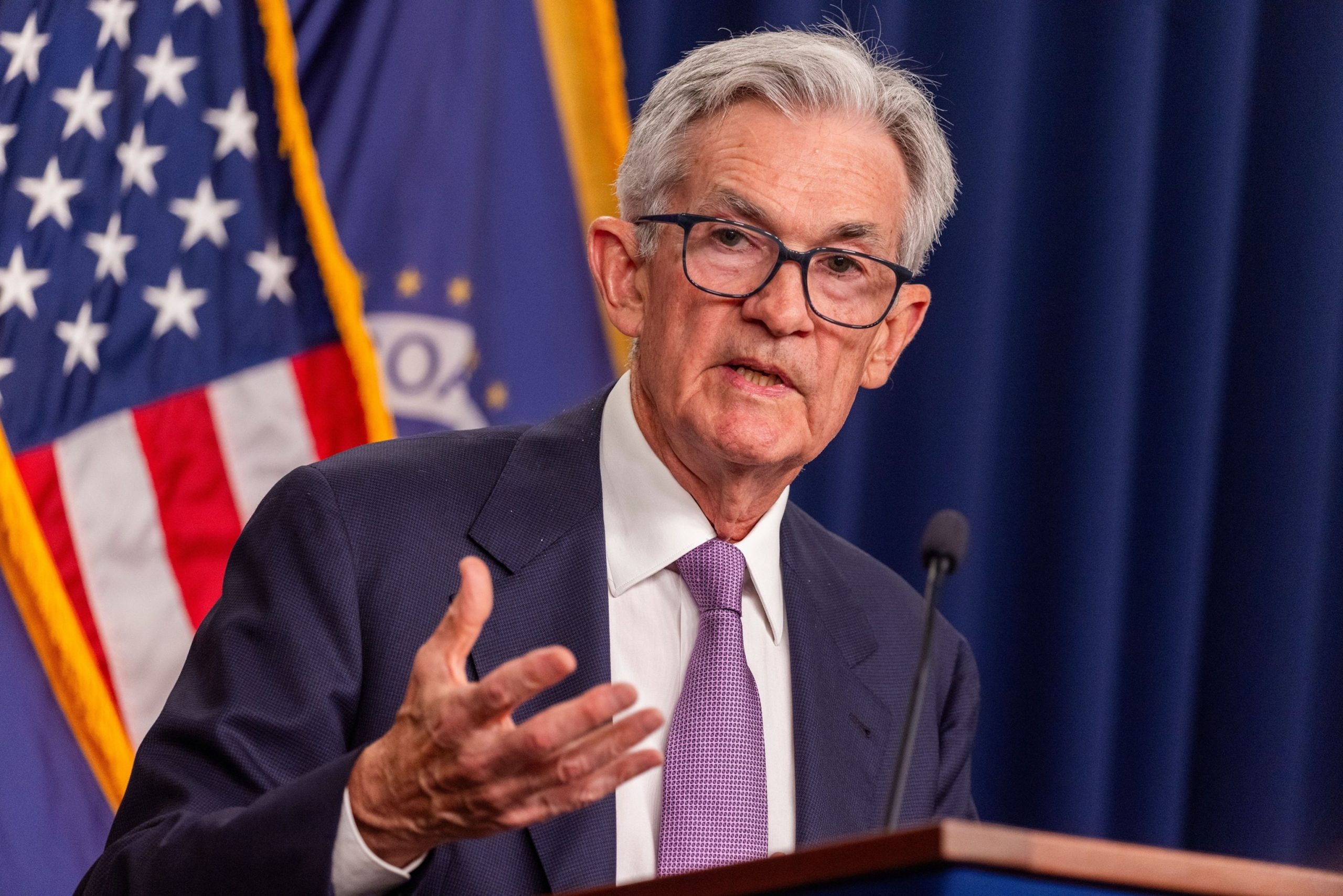
Fewer Americans filed for unemployment benefits last week, but applications remained at recently elevated, though not troubling levels.
Jobless claims for the week ending July 20 fell by 10,000 to 235,000 from 245,000 the previous week, the Labor Department reported Thursday. It’s the ninth straight week claims came in above 220,000. Before that stretch, claims had been below that number in all but three weeks so far in 2024.
Weekly unemployment claims are widely considered as representative of layoffs, and though they have been slightly higher the past couple of months, they remain at historically healthy levels.
The four-week average of claims, which evens out some of the week-to-week volatility, rose by 250 to 235,250.
The total number of Americans collecting unemployment benefits fell for the second time in three weeks. About 1.85 million Americans were collecting jobless benefits for the week of July 13, around 9,000 fewer than the previous week. However, the four-week average for continuing claims rose to 1,853,500, the highest level since December of 2021.
Continuing claims have been on the rise in recent months, suggesting that some Americans receiving unemployment benefits are finding it more challenging to land jobs.
The Federal Reserve raised its benchmark borrowing rate 11 times beginning in March of 2022 in an attempt to extinguish the four-decade high inflation that shook the economy after it rebounded from the COVID-19 recession of 2020. The Fed’s intention was to cool off a red-hot labor market and slow wage growth, which it says can fuel inflation.
Few analysts expect the Fed to cut rates at its meeting later this month, but most are betting on a cut in September.
There have been job cuts across a range of sectors in recent months, from the agricultural manufacturer Deere, to media outlets like CNN, and elsewhere.
Strong consumer demand and a resilient labor market has helped to avert a recession that many economists forecast during the extended flurry of rate hikes. As inflation continues to ease, the Fed’s goal of a soft-landing — bringing down inflation without causing a recession and mass layoffs — appears within reach.
While the labor market remains historically healthy, recent government data suggest some weakening.
The unemployment rate ticked up to 4.1% in June, despite the fact that America’s employers added 206,000 jobs.
Job postings in May rose slightly to 8.1 million, however, April’s figure was revised lower to 7.9 million, the first reading below 8 million since February 2021.
The latest data on jobless claims filed by Americans has shown a decrease in the number of individuals seeking unemployment benefits. While this is certainly a positive sign for the economy, experts caution that levels still remain elevated compared to pre-pandemic times.
According to the U.S. Department of Labor, initial jobless claims fell to 837,000 for the week ending September 26th, marking a decrease from the previous week’s total of 870,000. This decline suggests that the labor market may be slowly recovering as businesses continue to reopen and hire back workers.
However, it is important to note that even with this decrease, jobless claims are still significantly higher than they were before the COVID-19 pandemic hit. Prior to the outbreak, weekly jobless claims typically hovered around 200,000 to 300,000. The current levels of jobless claims indicate that millions of Americans are still facing unemployment or underemployment due to the ongoing economic challenges brought on by the pandemic.
Economists point to several factors that are contributing to the elevated levels of jobless claims, including ongoing layoffs in industries such as hospitality, retail, and travel that have been hit hardest by the pandemic. Additionally, many businesses are still operating at reduced capacity or have closed permanently, leading to a slower pace of hiring.
The federal government’s supplemental unemployment benefits have also played a role in the high number of jobless claims. While these benefits have provided crucial support to individuals who have lost their jobs, some argue that they may be discouraging some workers from actively seeking new employment opportunities.
As the economy continues to navigate through the challenges posed by the pandemic, it is crucial for policymakers to implement measures that will support job creation and help individuals get back to work. This includes targeted assistance for industries that have been most impacted by the pandemic, as well as initiatives to retrain and reskill workers for new job opportunities in emerging sectors.
While the decrease in jobless claims is a positive development, it is clear that there is still much work to be done to address the underlying issues contributing to elevated levels of unemployment. By taking a comprehensive and proactive approach to supporting workers and businesses, we can help ensure a more sustainable and inclusive recovery for all Americans.


